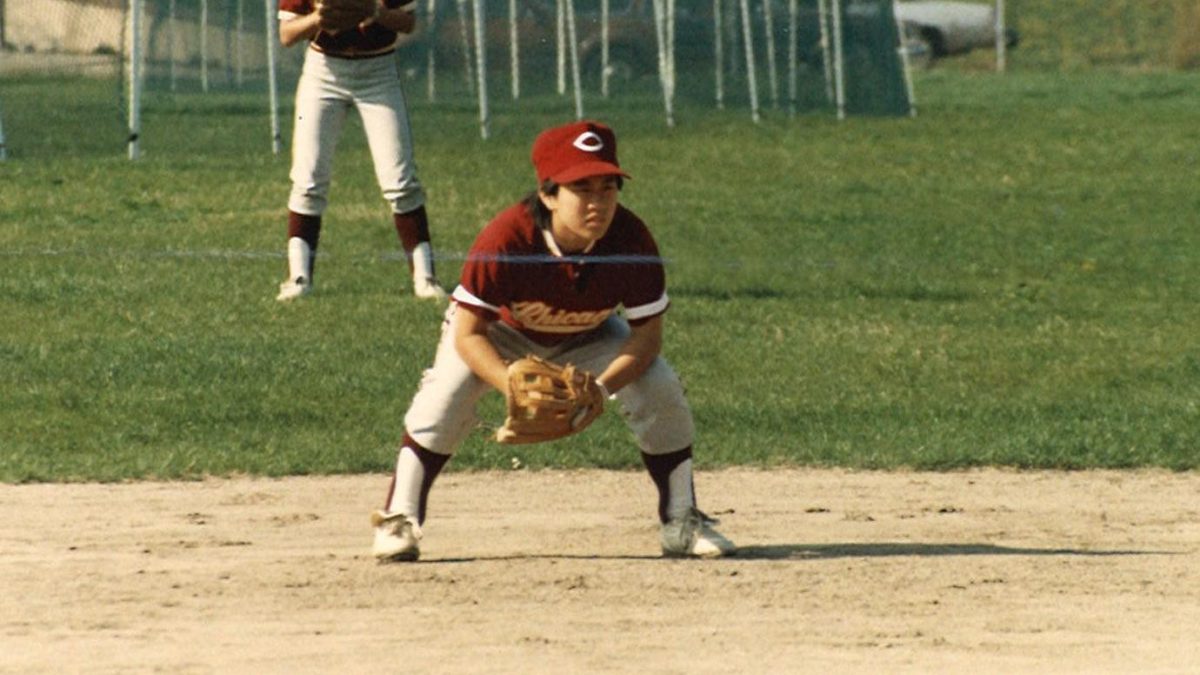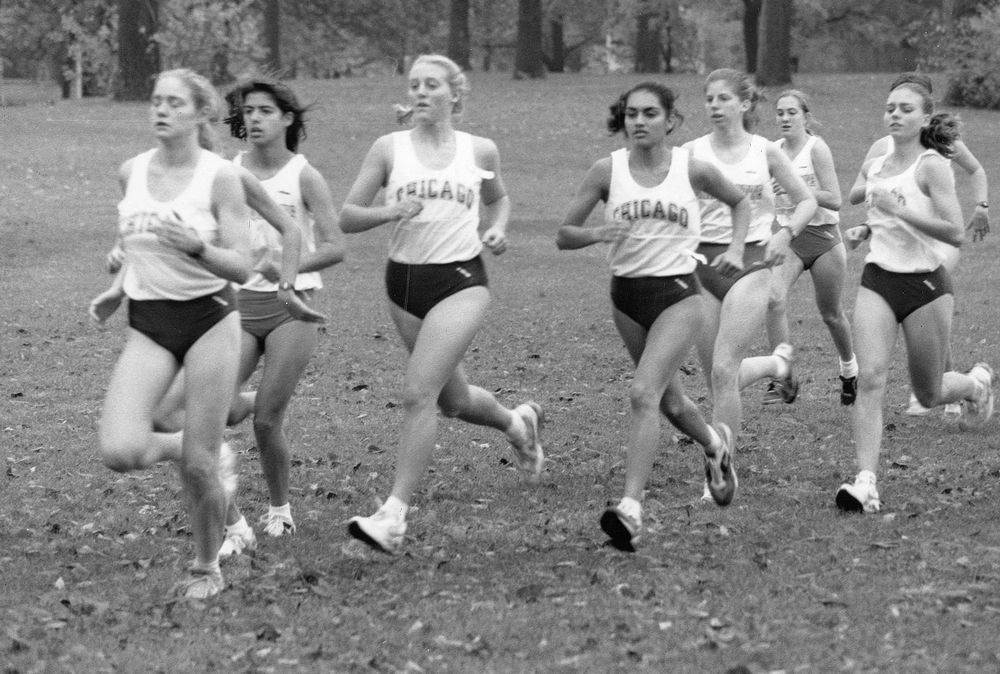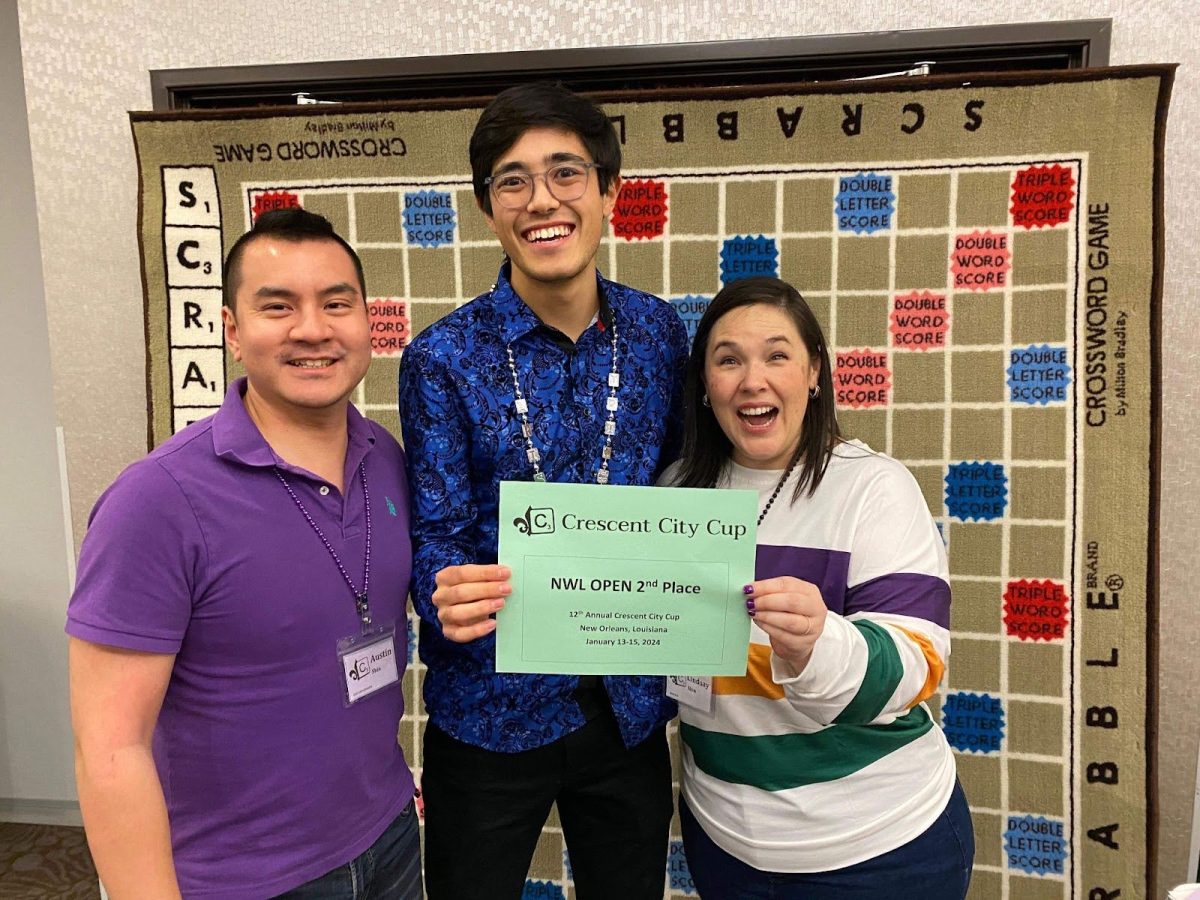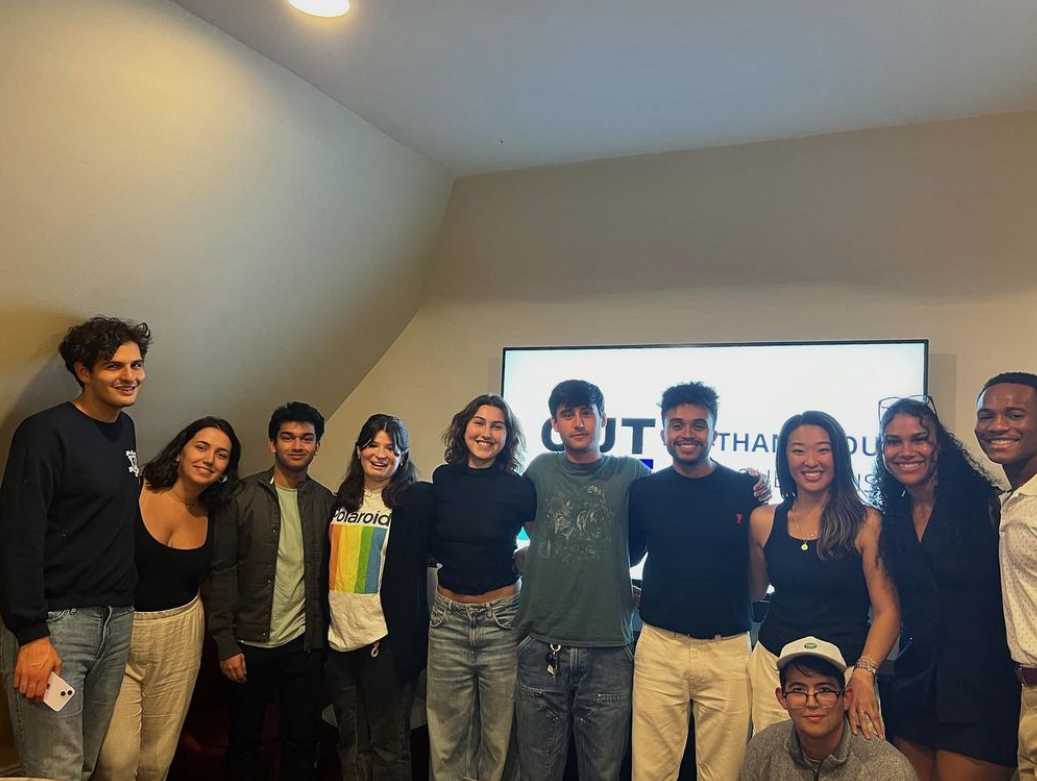As the organist for the Chicago White Sox, Nancy Faust has been a cornerstone in the Chicago professional sports scene for over three decades now. During the past 33 years she has graced the fans with her spontaneity and has even invented a couple of Chicago traditions along the way.
Like everyone else, musicians come in all kinds. There are those who are bound by the notes they read and those who just have a knack for improvising. But then there are the ones like Faust, who can take in music through their ears and just as quickly make the song their own.
“I started playing organ when I was about four years old when my parents first bought one, and I found out not too long after they bought it that I was blessed with a pretty good ear because I was picking up simple tunes,” says Faust.
Because she plays by ear, Faust seems naturally suited to her job with the White Sox, which requires a quick wit, a sense of humor, and the ability to use music to connect with the crowd.
“There’s no time to refer to music for the things I do. I just play everything spur-of-the-moment,” Faust says with a smile. “If something happens that makes me think of something, I can play a song immediately—if I hear a name of a player, I immediately think of something that can be associated with his name.”
Later that evening, when Trot Nixon of the visiting Boston Red Sox steps up to the plate, Faust serenades him to the tune of Hail to the Chief. Hail indeed-Nixon hits a home run into the right- field bleachers on the first pitch. Two innings later, Faust switches his theme song to “Would I Lie to You?”
Faust has another trick she has played on the Red Sox for as long as she can remember. Any key Boston failure at the plate, usually a strike-out, has often been followed by her playful rendition of the theme from Cheers, a Boston-based television show about a bar “where everyone knows your name.” In her own way, Faust reminds the doomed hitter that the dugout is another place where they will all know his name. Or perhaps she’s just telling the Red Sox to go back to Boston.
In 1969, Faust was finishing up her senior year at North Park College in Naperville when she earned a gig playing at a meeting attended by several general managers of the Chicago professional teams. The evening was a success, and soon she was sending out letters to each team in hopes of providing music at their games.
Then White Sox general manager Stu Holcomb hired Faust right out of college, and she made old Comiskey Park her home. She spent a couple of years playing the organ for the Bulls and the Blackhawks during the baseball off-seasons but eventually devoted her time solely to the Sox.
“The only games that I ever missed here at the park were when I gave birth to my one child, and that was in 1983-I missed five games.” Talk about the Cal Ripken of organists.
Faust’s trademark tune is the root of what is now a long-standing American sports tradition. In 1977, just seven years after joining the Sox, Faust believed she had found a new way to play a departing opposing pitcher off the field. The song she had in mind was one by Steam called “Na-Na-Hey-Hey Kiss Him Goodbye.”
One day when the visiting pitcher was knocked out of the game, she played the song for the first time, and the energized crowd chanted right along “Na-na-na-na, Na-na-na-na, Hey-hey-hey, Go-od-bye.” Faust so enjoyed having the fans sing along that she resolved to give the song an important spot in her repertoire. Today she plays it whenever the Sox knock out a pitcher, hit a home run, or record the final out of a victory, and the fans still know what to do.
Just by playing what comes to mind and keeping in tune with the crowd, Faust has enhanced the legendary ballpark atmosphere about which so many of the baseball poets have written, and her work has even influenced the rest of the country.
“When the instrument was more popular at ballparks,” explains Faust, “a number of organists would come to our park at Old Comiskey and just sit there and take notes on what an organist does.”
But even the masters make mistakes, especially their first day on the job. When Faust first began on opening day in 1970, she remembers the public address announcer asking the fans for a moment of silence. But at the time, Nancy believed he had invited the fans to stand for the national anthem, which she calmly began playing as the silent crowd listened on.
“I didn’t realize I had done something wrong until afterwards,” she jokes.
In 1971, Holcomb hired legendary broadcaster Harry Caray to call the White Sox play-by-play on television. It was from the window of the Comiskey broadcast booth that Caray first invented the Chicago tradition of leading the crowd in “Take Me Out To The Ball Game” over the public address system. Faust fondly recalls how Caray would boisterously wave his arms and shout “Come on, Nancy!” as she began the classic song.
This, claims Nancy, is how fans first became aware of who it was making all the music during the game.
“I owe [Caray] a huge amount of gratitude for making the public familiar with who it was behind the keyboard at Comiskey,” Faust remembers. “He was a big promoter of all aspects of the ballgame.”
The two became fast friends. Sometimes Faust would give Carey a lift home, and other times the two would just chat casually over a bite to eat. When Caray passed away in 1998, Faust was the one to play at a post service gathering at Caray’s restaurant.
In those ballparks, arenas, and stadiums that still use live music, the organist is often hidden away in an upper-level control room, far away from the fans. U.S. Cellular Field, the current home of the White Sox formerly known as (New) Comiskey Park, is a completely different story.
Faust’s organ booth sits at the edge of the main concourse, just over 25 rows behind home plate. Fans are more than close enough to smile and wave at her, and she often invites her curious admirers to stand in her open doorway and chat as she plays.
“I love the interaction, and I do get great ideas [from the fans],” says Faust.
But Faust also admits that the age of the new ballpark has caused its share of frustration as more and more organists and other live musicians lose their jobs to D.J.s, who can pre-program a song at a moment’s notice.
“I think the most frustrating part is working so hard to perfect a song and then coming here to the park and hearing it played at the push of a button,” she explains. “But I think there are things that I could do that are so spontaneous that perhaps a D.J. could never have them even at the tip of his fingers.”
Nonetheless, Faust calls herself “a survivor of the technology era” and feels she has carved her niche in the baseball world. She still sets the mood for the evening by playing before games, leads occasional cheers, and provides the music when the visiting team comes to bat.
In a time when job security is difficult to come by, Faust says she appreciates the time she’s spent with the White Sox organization and is happy to return summer after summer.
“I appreciate that [the White Sox] choose to keep the tradition alive,” she says.









